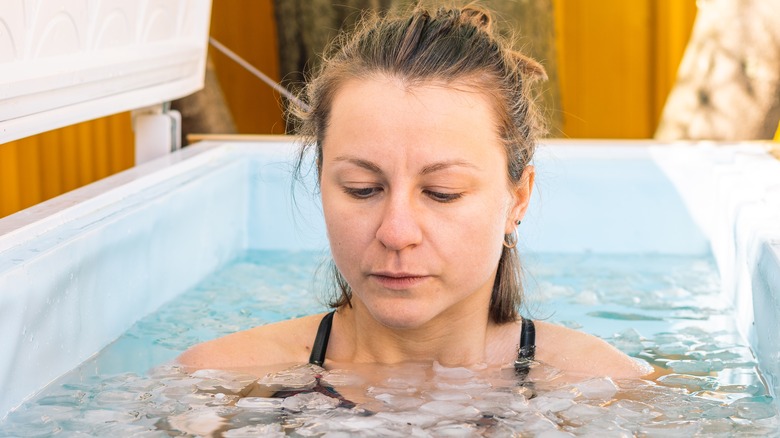'Stress Fitness' Can Help You Feel Younger Longer
In today's day and age, we battle surges of busyness and stress so often that we can disregard the simplest things that benefit our health, like drinking a glass of water or exercising. On the flip side, some of us feed off of the adrenaline of stress, and use it as a marginal guide for goals and commitments. Others deal with stress the old fashioned way: by heading straight for the espresso machine at their local coffee shop.
Medical News Today emphasizes that the similarities between drinking an extra shot of espresso and doing 20 minutes of high-intensity interval training help with cognitive memory, though exercise appears to be more helpful in shorter, habitual intervals.
It makes sense, given that downing a cup of espresso offers momentary satisfaction, but lacks the long-lasting health benefits of stress fitness — a practice CNBC calls a fusion of stress and highly intense, physical reactions. The question then remains: is stress fitness better for us in the long run and how can we achieve this new fitness trajectory?
What is stress fitness?
Stress fitness isn't just associated with mild and chronic stress. It's also surprisingly correlated to the regeneration of cells (via CNBC), which means it's beneficial to anyone familiar with stress: great news for us, considering everyone should have experienced stress at one time or another.
As CNBC noted, stress fitness occurs when those chemical reactions are stimulated in the body through high, stress-inducing actions, both physical and non-physical, just as regular fitness isn't measured by exercise alone: factors like nutrition and sleep contribute to staying healthy as well. Similarly, stress fitness can be measured through timed, scheduled acts that get our blood pumping, and our brain activated. It's like when you wake up in the morning and splash cold water on your face. The sensation is brief but alarming, and shocking enough that it keeps you awake for hours.
Of course, it's not about how fast or intense you go right away. Every body is different and either needs or responds differently to different speeds and demands of fitness. It's important to gradually increase discomfort and stress levels when getting physical, to prevent injury. Your cells and metabolism will also benefit from that slight edge of struggle because it gives the body time to recuperate and associate with the pain.
The cold hard truth
High-intensity interval training Is a great example of stress fitness because it is a high-impact, timed, and physically demanding form of exercise that, when paired during bouts of stress, can produce great health benefits. The Harvard school of health suggests alternate between 30 seconds of work, and 30 seconds of rest for your standard HIIT workout. Combined, the training should last anywhere from 15 to 35 minutes.
Of course, it's good to ask yourself how many HIIT workouts in a week is too many, because excessive interval training could cause fatigue. Still, even if you choose not to opt for HIIT, there are many other workouts to get you in and out of the gym in under 30 minutes. The overall goal of HIIT, and ultimately stress fitness, is to train your body to turn pain into gain.
Taking ice baths is another popular way to use stress fitness to our advantage: this practice produces enough stress to boost your metabolism and also decrease inflammation in the body. Like HIIT workouts, it's best to take ice baths in bursts. Start with a few minutes at a time, working your way up to about 15 total, as neuroscientist Andrew Huberman, PhD, suggested to MindBodyGreen. Giving your body time to adjust and comprehend the stress of the moment is key to finding balance in your stress fitness routine.


